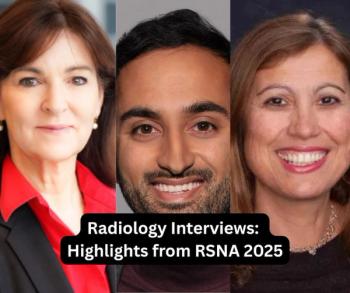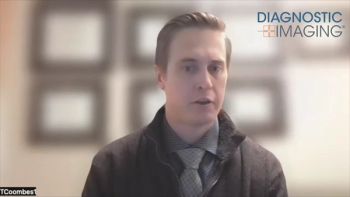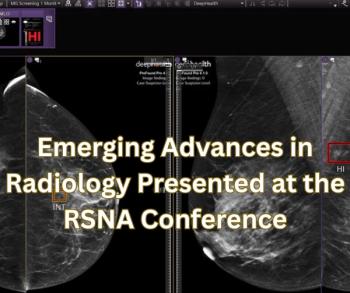A Victory for Radiology: New CMS Proposal Would Provide Coverage of CT Colonography in 2025
In newly issued proposals addressing changes to coverage for Medicare services in 2025, the Centers for Medicare and Medicaid Services (CMS) announced its intent to provide coverage of computed tomography colonography (CTC) for Medicare beneficiaries in 2025.
In an about-face from its previous position citing “insufficient” evidence for the use of computed tomography colonography (CTC) to screen for colorectal cancer (CRC), the Centers for Medicare and Medicaid Services (CMS) plans to cover the procedure for Medicare beneficiaries in 2025.
Noting the emergence of CTC has supplanted double contrast barium enema for radiographic CRC screening and the longtime inclusion of CTC in CRC screening recommendations from the United States Preventative Services Task Force (USPSTF), the CMS said
“We believe our proposal will directly advance health equity by promoting access and removing barriers for much needed cancer prevention and early detection within rural communities and communities of color that are especially impacted by the incidence of CRC,” noted the CMS. “Our proposal to expand colorectal cancer screening directly supports the (Biden) administration’s Cancer Moonshot Goal of reducing the deadly impact of cancer and improving patient experiences in the diagnosis, treatment, and survival of cancer.”
Judy Yee, M.D., a longtime advocate for the CTC procedure, praised the CMS proposal.
“This is terrific news, and the proposal has been met with excitement given the prospect of being able to increase access to CTC for colon cancer screening, particularly in underserved populations,” noted Dr. Yee, the chair of the American College of Radiology’s (ACR) Colon Cancer Committee and the university chair of radiology at Montefiore Medical Center in New York City. “ … Patients who have delayed or avoided colon cancer screening will benefit from having CTC as a less invasive CMS-covered option.”
Syam Reddy, M.D., said CMS coverage will likely lead to a “renewed offering” of CTC at more sites to improve patient access and may help elevate awareness of the screening tool in other patient populations.
“Early detection is really important, especially as we are seeing younger populations with colon cancer rising over the past years,” maintained Reddy, who is affiliated with Radiology Partners and is the clinical chairman at the UChicago Medicine Ingalls Memorial Hospital in Harvey, Ill.
In May, Dr. Yee, David Kim, M.D., and Cecelia Brewington, M.D., FACR, met with Dora Hughes, M.D., MPH, the chief medical officer at the CMS Innovation Center in Washington, D.C., to re-examine the literature support for CTC and its potential impact in improving access to CRC screening.
“We provided ample evidence supporting CTC as a valid minimally invasive colon cancer screening test that does not require anesthesia. We showed that it can identify pre-cancerous polyps with high sensitivity,” emphasized Dr. Yee. “ … (CT Colonography) has been an untapped resource that will be beneficial to broadening screening options and mitigating increasing screening demands secondary to the continued significant increase in the size of the Medicare population.”
Dr. Reddy noted the possible impact of CMS coverage of CTC in helping to address health equity challenges in CRC screening.
“There is so much effort to decrease health care disparities and access to a CT scanner is sometimes more readily available than a GI doctor,” posited Dr. Reddy.
Drs. Yee and Reddy also emphasized the importance of adequate training on CTC for radiologists. Noting that there is a learning curve with CTC interpretation, Dr. Reddy recommends taking hands-on courses on CTC with the ACR and the Society of Abdominal Radiology (SAR).
“More radiologists will need to be trained on how to do state-of-the-art CT colonography and with increasing volumes, they will need to understand how to incorporate computer aided detection (CAD) into their reading protocols,” added Dr. Yee.
Dr. Reddy also foresees a rise of vendors looking to develop CAD solutions or 3D visualization to enhance visualization for CTC procedures.
For radiologists looking to add CTC to their practices, Dr. Reddy pointed out that the ACR offers insights on joining a CTC registry at:
Newsletter
Stay at the forefront of radiology with the Diagnostic Imaging newsletter, delivering the latest news, clinical insights, and imaging advancements for today’s radiologists.





























